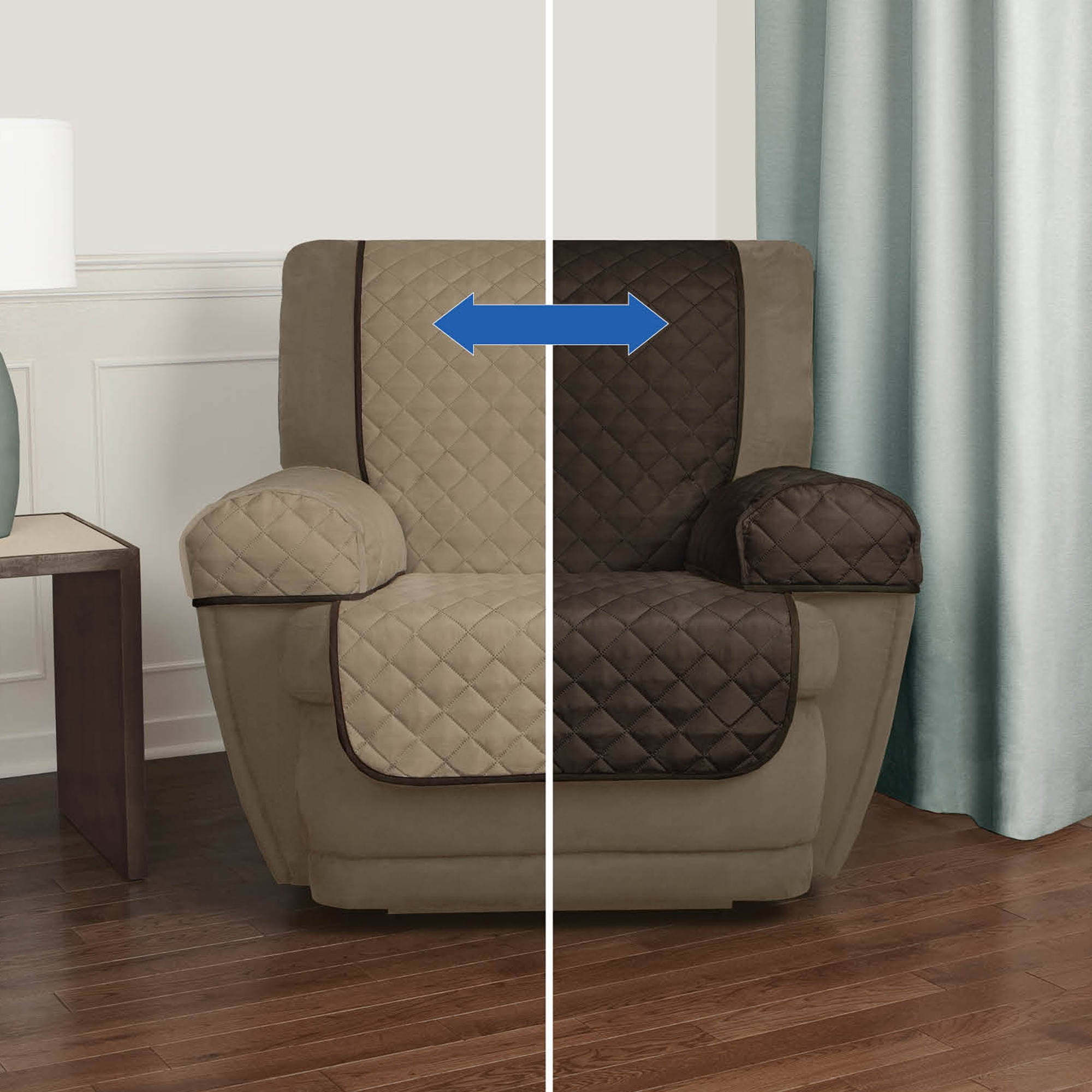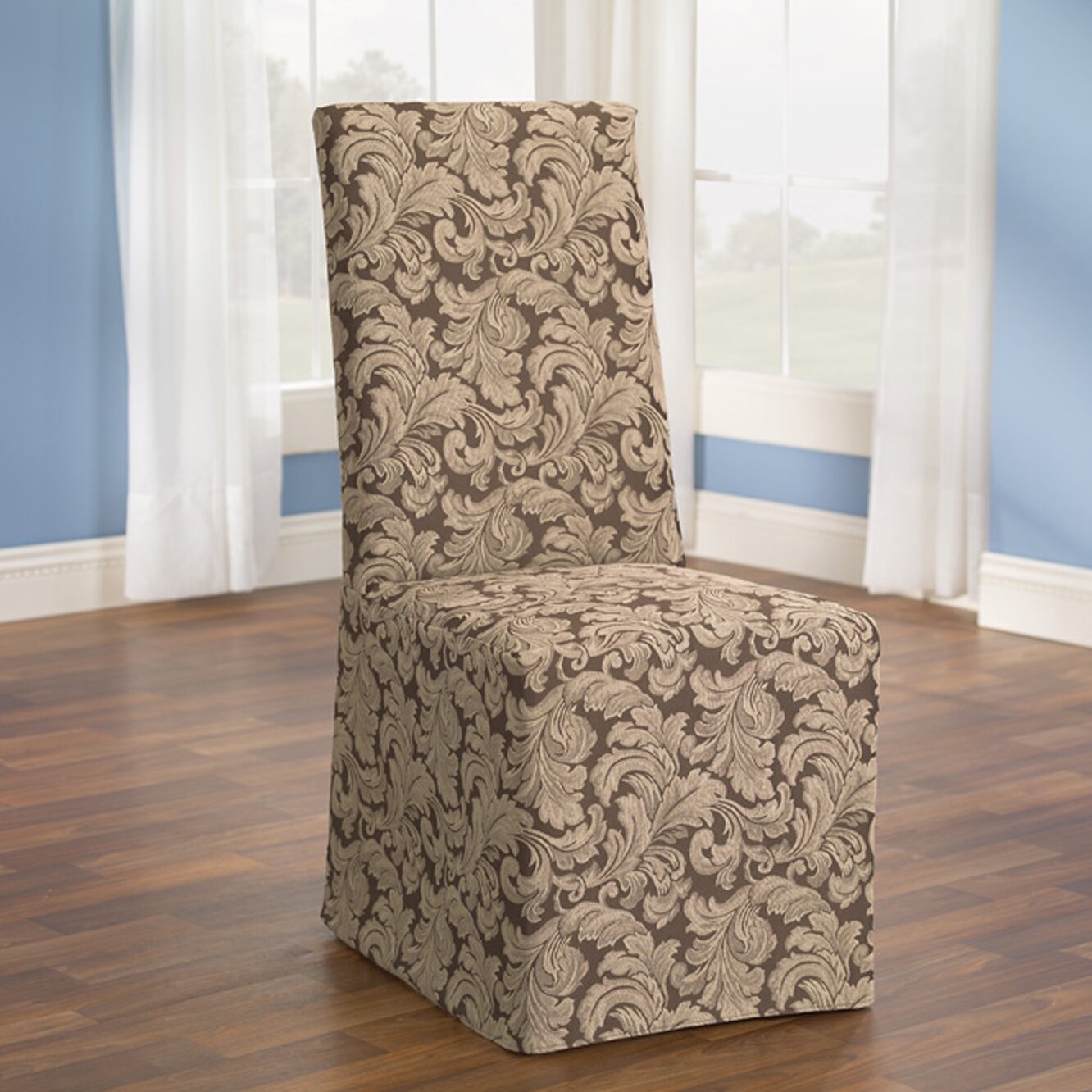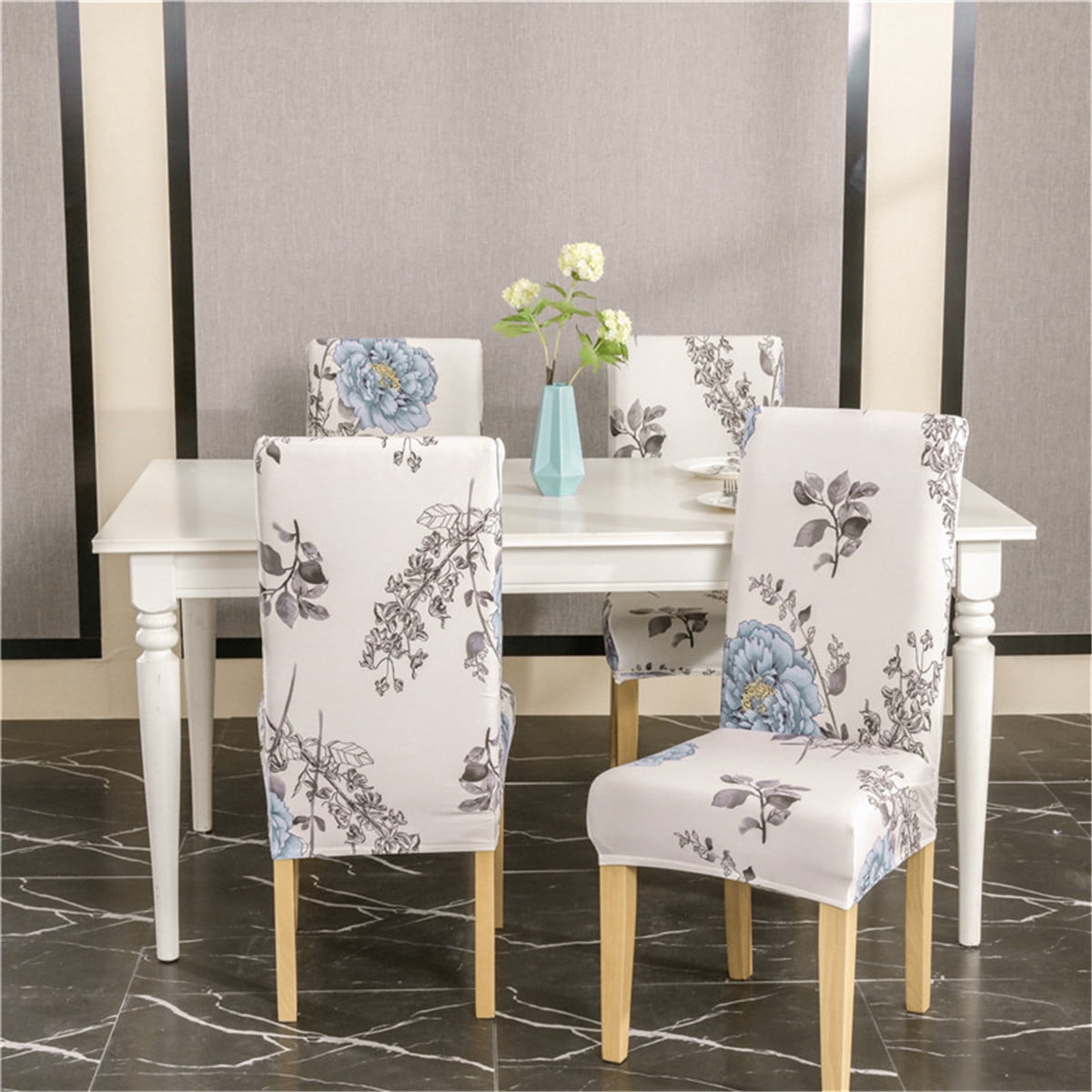Types of Chair Covers

Chair covers offer a practical and stylish solution for protecting your chairs from wear and tear, spills, and stains. They are particularly useful in high-traffic areas, such as dining rooms, living rooms, and offices, where furniture is exposed to frequent use.
Types of Chair Covers
Chair covers are available in a wide variety of styles and materials to suit different needs and preferences. Here are some of the most common types:
- Stretch Chair Covers: These covers are made from elastic fabric that stretches to fit snugly over the chair. They are typically made from polyester or spandex and are available in a variety of colors and patterns. They are relatively inexpensive and easy to put on and take off.
- Fitted Chair Covers: These covers are designed to fit a specific chair style and are often made from heavier fabrics like cotton or linen. They are more expensive than stretch covers but offer a more tailored and elegant look.
- Loose Chair Covers: These covers are simply draped over the chair and are typically made from lightweight fabrics like cotton or muslin. They are less expensive than fitted covers and offer a more casual look.
- Slipcovers: These covers are similar to fitted covers but are typically made from a more durable fabric like velvet or chenille. They are often used to protect expensive or antique chairs.
- Waterproof Chair Covers: These covers are designed to protect chairs from spills and stains. They are typically made from waterproof fabrics like vinyl or nylon.
Materials Used for Chair Covers
The material used for a chair cover can significantly impact its durability, appearance, and price. Here are some common materials used for chair covers:
- Polyester: Polyester is a durable and wrinkle-resistant fabric that is often used for stretch chair covers. It is relatively inexpensive and easy to clean.
- Spandex: Spandex is a highly elastic fabric that is often blended with polyester to create stretch chair covers. It provides a snug fit and is comfortable to sit on.
- Cotton: Cotton is a soft and breathable fabric that is often used for fitted and loose chair covers. It is relatively inexpensive and easy to care for.
- Linen: Linen is a durable and elegant fabric that is often used for fitted chair covers. It is more expensive than cotton but has a luxurious feel.
- Velvet: Velvet is a luxurious and soft fabric that is often used for slipcovers. It is expensive but adds a touch of elegance to any room.
- Chenille: Chenille is a soft and plush fabric that is often used for slipcovers. It is durable and easy to clean.
- Vinyl: Vinyl is a waterproof and durable fabric that is often used for waterproof chair covers. It is easy to clean and resistant to stains.
- Nylon: Nylon is a durable and water-resistant fabric that is often used for waterproof chair covers. It is lightweight and easy to care for.
Comparison of Chair Cover Types
The following table compares different types of chair covers based on their features, price range, and suitability for various applications:
| Type | Material | Features | Price Range | Suitability |
|---|---|---|---|---|
| Stretch | Polyester, Spandex | Elastic, snug fit, easy to put on and take off, inexpensive | $5 – $20 per cover | High-traffic areas, casual dining, temporary protection |
| Fitted | Cotton, Linen | Tailored fit, elegant look, durable | $10 – $50 per cover | Formal dining, living rooms, occasional use |
| Loose | Cotton, Muslin | Casual look, inexpensive, easy to put on and take off | $5 – $15 per cover | Casual dining, temporary protection |
| Slipcover | Velvet, Chenille | Durable, elegant look, protects expensive chairs | $20 – $100 per cover | Formal dining, living rooms, antique chairs |
| Waterproof | Vinyl, Nylon | Waterproof, stain-resistant, easy to clean | $10 – $30 per cover | High-traffic areas, kitchens, outdoor dining |
Purposes of Protective Chair Covers

Protective chair covers serve a crucial role in safeguarding furniture from wear and tear, extending its lifespan, and enhancing aesthetic appeal. They act as a barrier against spills, stains, and abrasions, preserving the original beauty and functionality of chairs.
Benefits of Protective Chair Covers in Different Settings
Protective chair covers offer significant benefits in various settings, promoting hygiene, durability, and visual appeal.
- Homes: In residential settings, protective chair covers shield furniture from everyday wear and tear, such as spills, crumbs, and pet hair. They also prevent stains and discoloration, keeping chairs looking fresh and clean. In households with children or pets, chair covers provide an extra layer of protection, ensuring the longevity of valuable furniture.
- Offices: In office environments, protective chair covers protect chairs from the wear and tear of frequent use, reducing the need for frequent replacements. They also create a more professional and hygienic atmosphere, especially in high-traffic areas. Additionally, chair covers can be easily cleaned, minimizing downtime and ensuring a clean and presentable workspace.
- Public Spaces: In public spaces like restaurants, hotels, and waiting areas, protective chair covers are essential for maintaining hygiene and extending the lifespan of furniture. They prevent the spread of germs and allergens, ensuring a clean and comfortable environment for patrons. The covers also protect chairs from spills, stains, and wear and tear, reducing maintenance costs and ensuring a long-lasting and visually appealing seating arrangement.
Extending the Lifespan of Chairs and Reducing Maintenance Costs
Protective chair covers play a significant role in extending the lifespan of chairs and reducing maintenance costs. They act as a barrier between the chair fabric and external elements, preventing wear and tear, spills, and stains. By protecting the chair fabric, covers significantly reduce the need for cleaning and repairs, minimizing maintenance costs and extending the chair’s lifespan.
“Protective chair covers can extend the lifespan of chairs by up to 50%, significantly reducing maintenance costs and ensuring a long-lasting investment.” – [Source: Industry Expert]
Choosing the Right Protective Chair Cover: Protective Chair Cover Synonym

Selecting the appropriate chair cover requires careful consideration of various factors to ensure optimal protection, aesthetics, and functionality. This guide will provide insights into choosing the right chair cover based on the chair type, fabric, and intended use.
Factors to Consider When Choosing a Protective Chair Cover, Protective chair cover synonym
When selecting a protective chair cover, several factors should be taken into account to ensure a suitable choice.
- Durability: The cover should be made of robust material that can withstand wear and tear, especially if it’s for high-traffic areas. Consider covers made of durable fabrics like polyester, nylon, or canvas, which are known for their resistance to abrasion and fading.
- Aesthetics: The cover should complement the chair’s style and the overall decor of the space. Choose a color and pattern that blend seamlessly with the surroundings or make a statement depending on your preference.
- Ease of Cleaning: Opt for a cover that is easy to clean and maintain. Consider covers made of water-resistant materials or those that are machine washable, simplifying the cleaning process.
- Fit: The cover should fit the chair snugly, ensuring it stays in place and provides proper protection. Measure the chair accurately to select the right size.
- Budget: Protective chair covers come in a wide range of prices, depending on the material, features, and brand. Set a budget and choose a cover that fits within your financial constraints.
Measuring a Chair for a Protective Cover
Accurately measuring the chair is crucial to ensure a proper fit for the protective cover. Follow these steps:
- Prepare the Chair: Remove any cushions or accessories from the chair to get an accurate measurement.
- Measure the Seat: Use a measuring tape to determine the width and depth of the seat. Measure the seat’s back height and the overall height of the chair.
- Measure the Backrest: Measure the height and width of the backrest. Consider the shape and curve of the backrest, as some covers are designed to accommodate specific contours.
- Measure the Arms: If the chair has arms, measure their length and width. This ensures the cover will fit snugly around the arms.
- Record the Measurements: Note down all the measurements, including the chair’s overall height, to ensure you select a cover that fits correctly.
A protective chair cover synonym, such as a “chair protector” or “chair shield,” is essential for maintaining the longevity and aesthetic appeal of any seating, especially a luxurious piece like a king bean bag chair. These covers safeguard against spills, stains, and general wear and tear, ensuring that the chair remains a comfortable and stylish centerpiece for years to come.
While “protective chair cover” is a common term, synonyms like “chair protector” or “chair shield” might be more specific. These covers are particularly relevant for bean bag chairs, given their unique construction and potential for spills or stains. The industry of bean bag chair manufacturers often offers a variety of protective covers as part of their product line, ensuring that these comfortable and versatile seating options remain clean and functional for extended periods.
